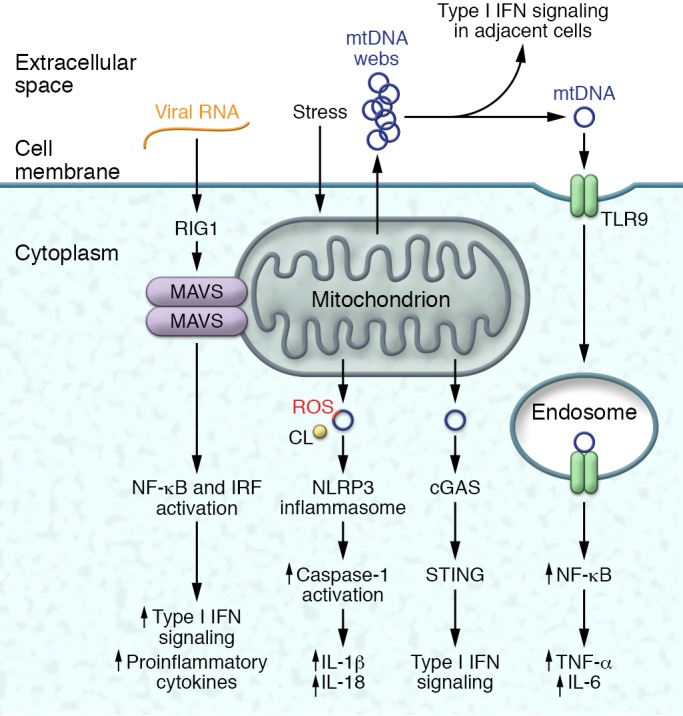Figure 2. Mitochondria-linked activation of immune pathways.

Mitochondrial content and structure can play integral roles in the activation of inflammatory signaling in response to stress effects or viral infections. Extracellular mtDNA can activate NF-κB–driven inflammation via the intracellular TLR9 receptor. Alternatively, released mtDNA can initiate type I IFN signaling in adjacent immune cells. In response to mitochondrial stressors, ROS-damaged mtDNA, mitochondrial ROS, and the release of cardiolipin (CL) from the IMM can activate the NLRP3 inflammasome to promote IL-1β and IL-18 signaling. The loss of mitochondrial integrity with the extrusion of mtDNA can also activate the cGAS/STING pathway and type I IFN signaling. Finally, the mitochondrion functions as a platform for the dimerization of MAVS to activate a combination of NF-κB and IFN regulator signaling in response to viral infections.
